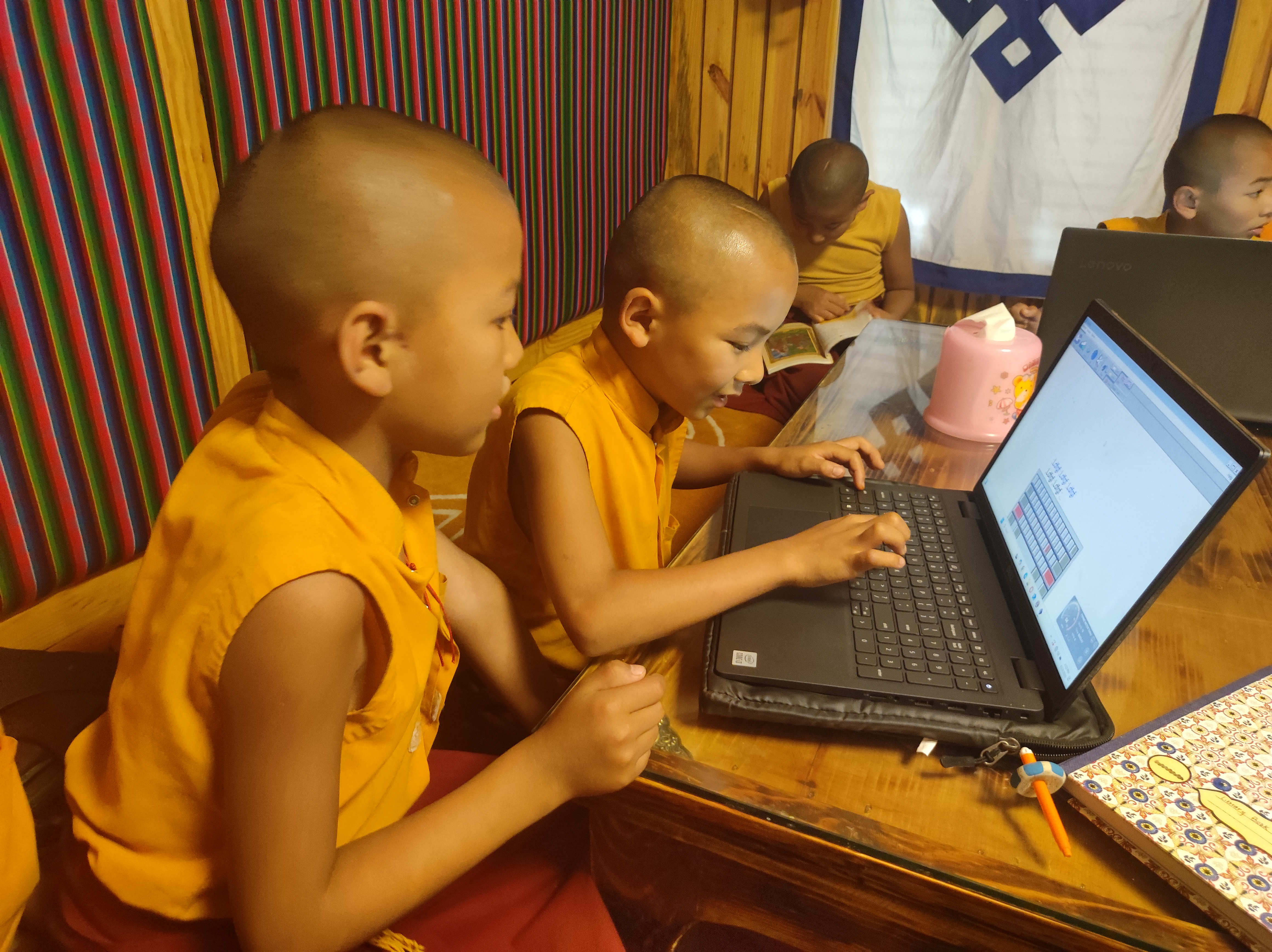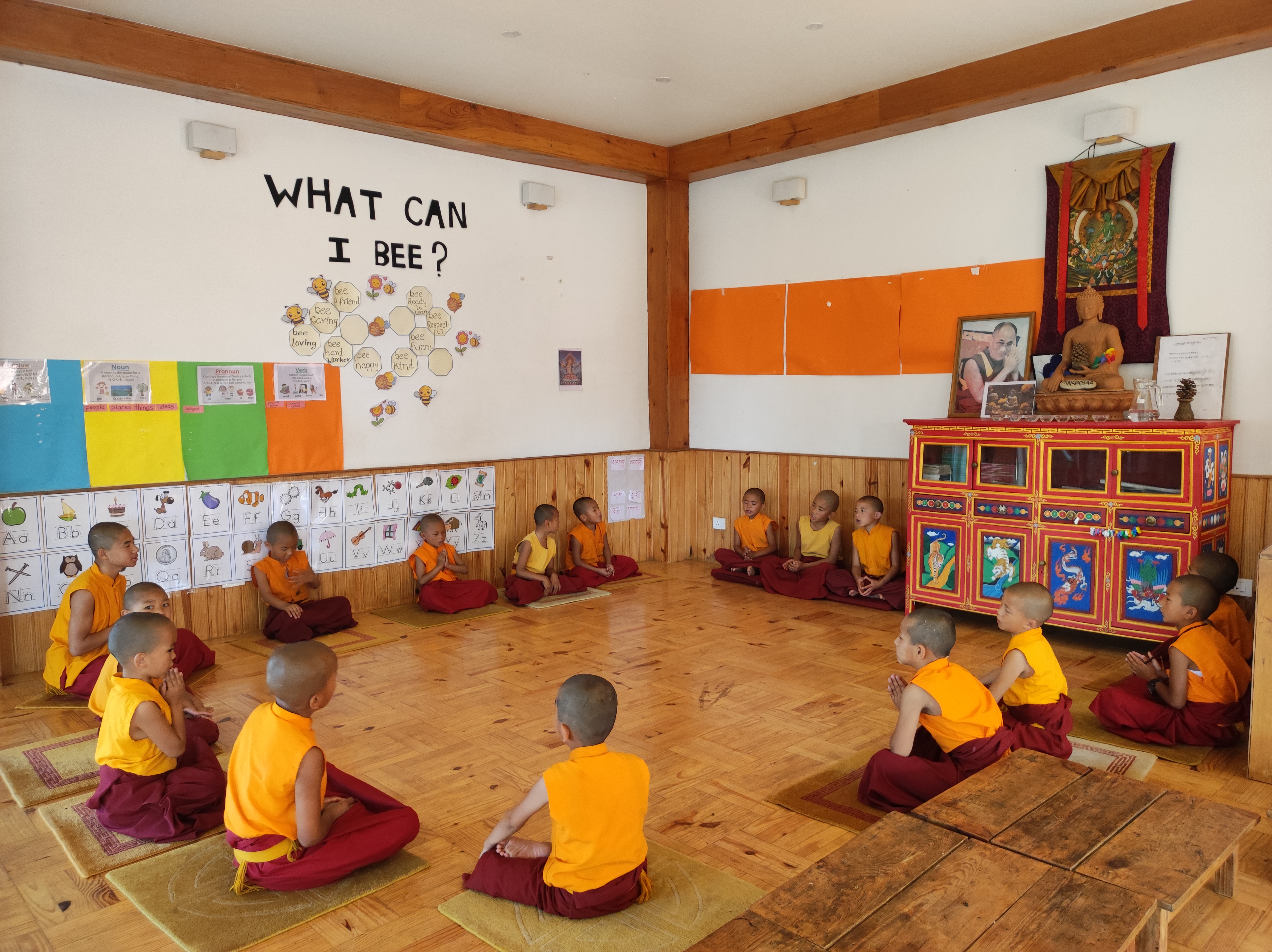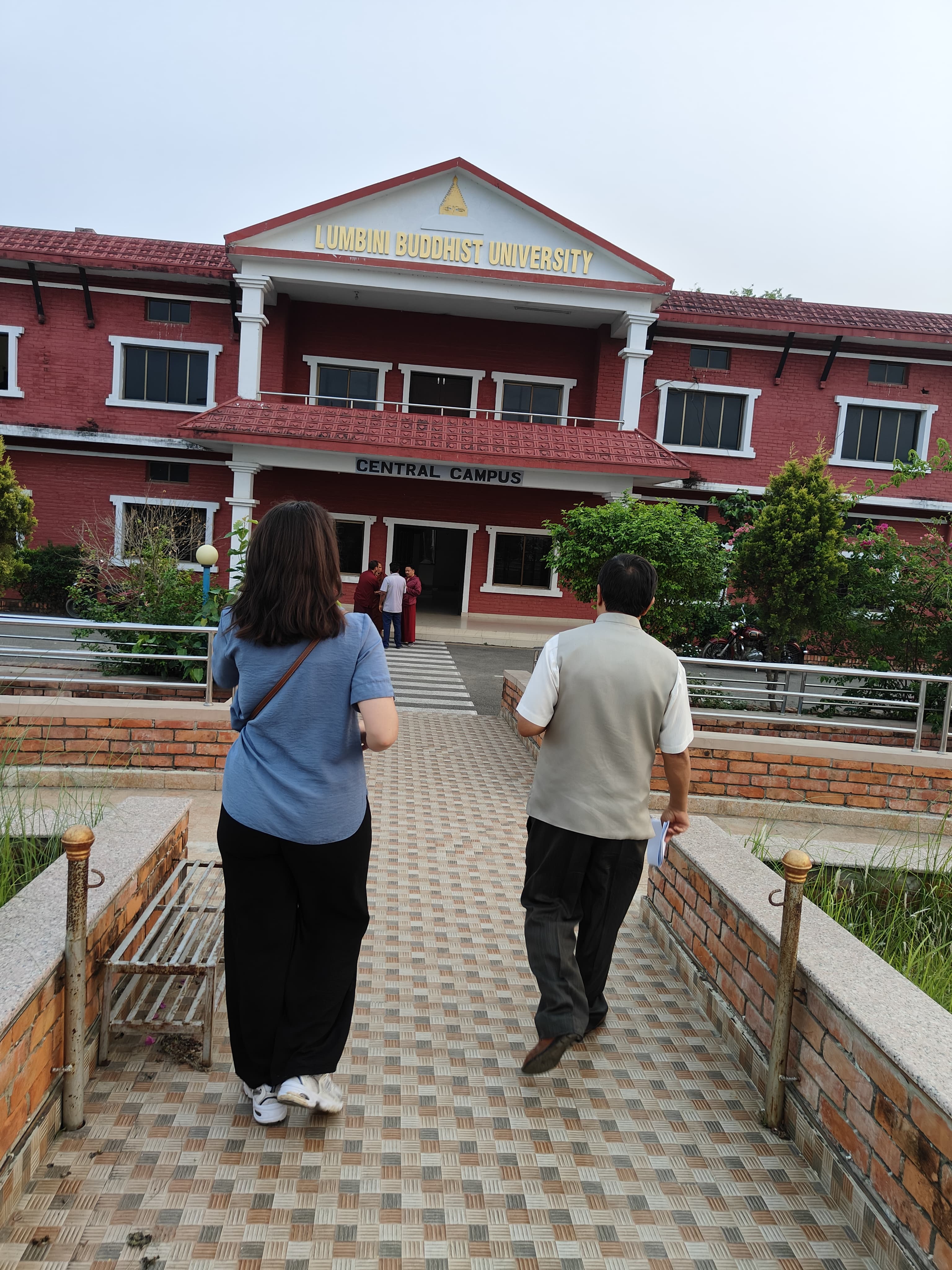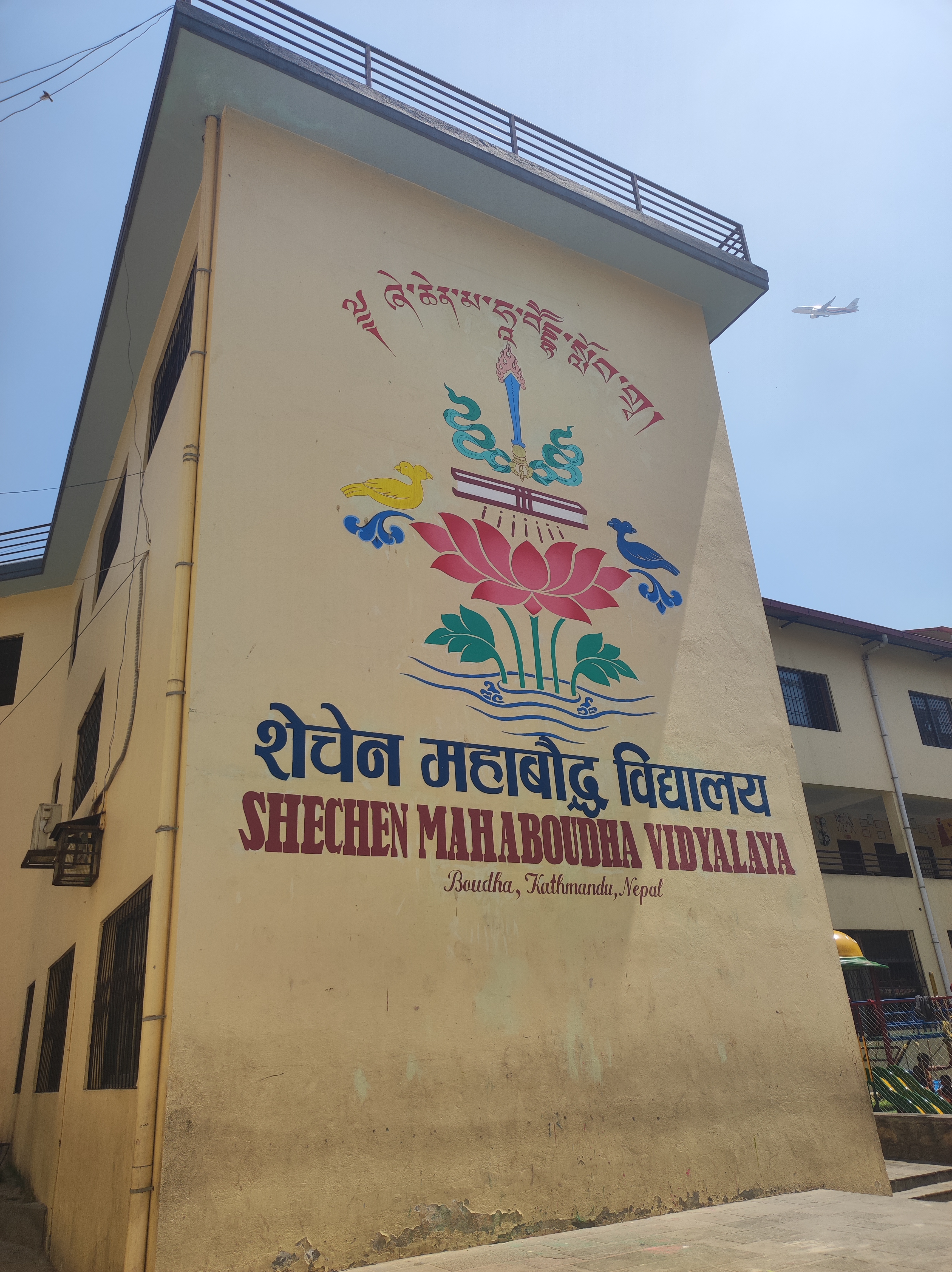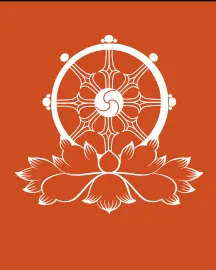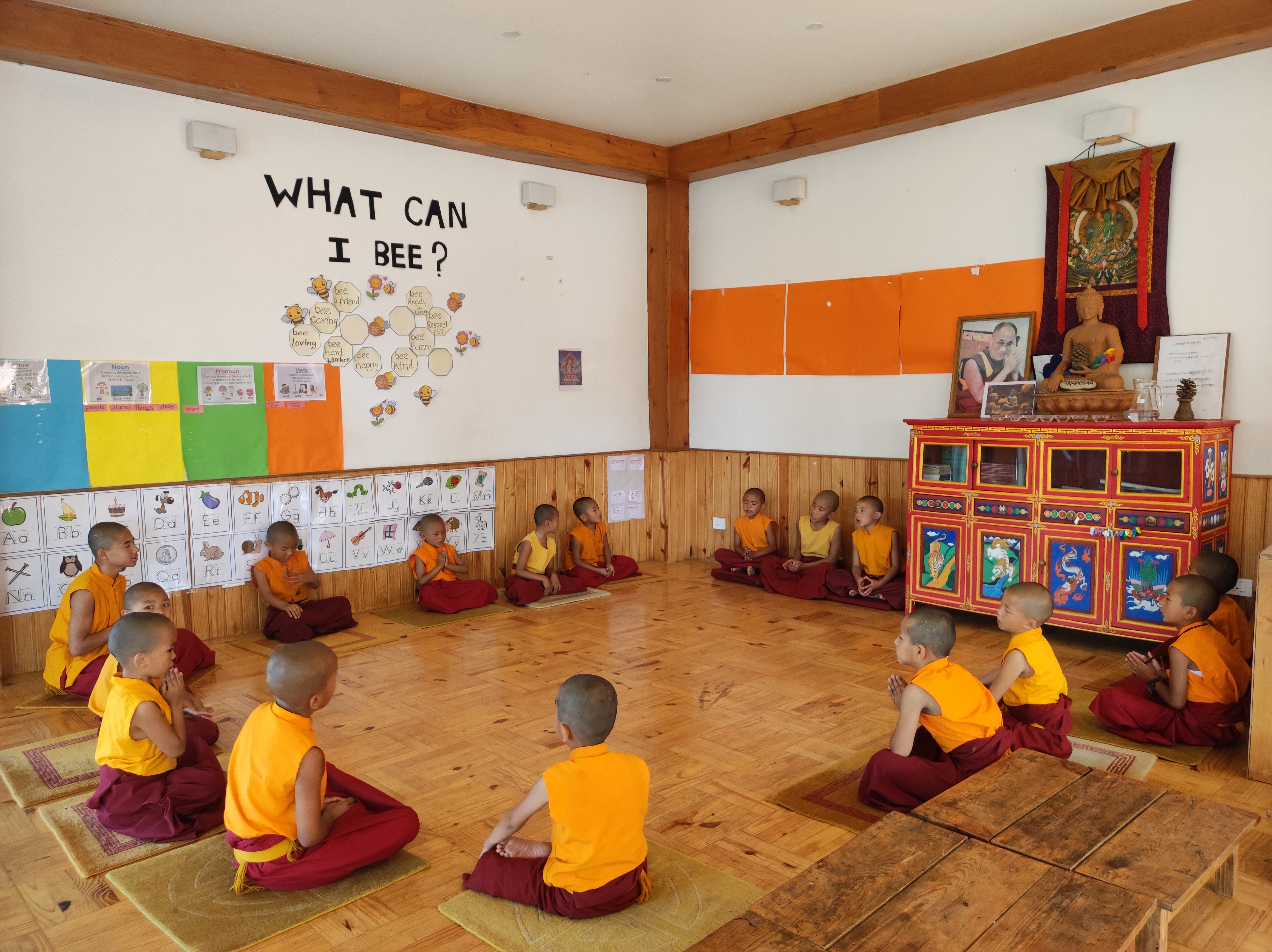
The Emerging Path of Higher Education for Monastics
Across the Himalayas, Buddhist monasteries and nunneries are embracing a new era of education that blends ancient wisdom with modern academic standards. In India and Nepal, many are now offering government-recognized curriculum, along with board exams that give pathways to university degrees, equipping monks and nuns to navigate both spiritual and secular engagement in the wider world.
From Informal to Formal
Historically, monasteries served as vibrant centers of learning. From Nalanda to Takshashila, Buddhist institutions taught not only philosophy and meditation, but also Grammar and Literature, as well as Astrology, Medicine, and Geography. Yet, according to Dr. Jhabindra K. Subedi, despite the breadth of their curricula, these traditional systems were informal. There were no credit hours, set learning outcomes, or formal evaluations. Each monastery operated according to its own lineage, priorities, and teaching style.
In the mid-2000s, particularly around 2005/2006 (Nepali year 2062), the Government of Nepal initiated significant reforms to recognize and support traditional education systems, including Buddhist monastic (Gompa) education.
Monastic institutions could now officially register and adopt a government-approved curriculum tailored to their spiritual and traditional context. Contrary to public misunderstanding, this did not mean simply grafting public-school subjects onto traditional study. Instead, the new curriculum respected the unique needs of monastic education while providing formal recognition and academic structure.
Integrated Education in Practice
High schools at monasteries and nunneries, such as Shechen, Kopan, Tergar, Tsoknyi Gechak Ling, and others, have been integrating this curriculum in their own ways, offering board exam opportunities from Grade 8 to Grade 12.
For many parents, the promise of both spiritual education and recognized academic degrees makes sending their children to the monastery more appealing. It offers a way to stay connected to cultural and religious roots while also keeping future options open. With certificates, young monastics can pursue higher studies, even abroad, or choose to transition into lay life later, equipped with degrees.
At Shechen Monastery in Boudha, Principal Dr. Jhabindra K. Subedi has been instrumental in guiding the integration of the government-approved Gompa curriculum from Grade 1 to Grade 12.
Traditionally, monastic schools focused on teaching Tibetan grammar and literature, calligraphy, Buddhist philosophy, debate, scripture reading and memorisation, and ritual practices. At Shechen High School, students follow the new government-approved Gompa curriculum that integrates both modern and traditional studies. They receive a full high school education in subjects such as mathematics, science, social sciences, geography, and the languages of Tibetan, Nepali, and English. Alongside these thematic subjects and language classes, students continue their training in Buddhist philosophy, ritual practices, traditional instruments, and the reading and memorization of pechas (scriptures). The curriculum is thoughtfully organized into four broad categories—Languages, Thematic Subjects, Buddhist Dharma, and Rituals—making it both broader and more specialized than the standard government school program.
Challenges and Concerns
Adopting the government-approved curriculum has not been without challenges. Educators, like Geshema Namdrol at Kopan Nunnery, reflect on this shift with both understanding and concern. While she acknowledges the value in preparing students for the wider world, she worries that the heavy academic load is draining their focus from their Buddhist philosophy studies.
At Kopan Nunnery, the academic journey is also evolving, adopting the government-approved curriculum up to class 12 to support the transition to university studies. Nuns can study up to Class 10 within the nunnery, and must join the monastery to pursue Class 12.
University Partnerships
Many monastic institutions are now exploring formal accreditation for advanced Buddhist studies through partnerships with universities such as Lumbini Buddhist University (LBU) in Nepal and the Dzongsar Institute's collaboration with Pune University in India. Shedras (traditional institutes for advanced Buddhist philosophy) are seeking formal recognition of their curriculum to offer degrees such as the BA and MA.
Monastic students who have completed a 12-year traditional education can now earn a BA at LBU. Students with monastic degrees must stay in Lumbini, while those with Grade 12 qualifications can study directly in their monastery. Monastic students generally have to stay at the university for six months to one year before returning to their monasteries to continue their studies. This system allows institutions to retain their human resources for monastic responsibilities while supporting academic advancement. LBU currently counts around 120 monastic students from various monastic institutions. The challenges faced by the monastic students joining the university include limited English proficiency, and different teaching styles.
Students are motivated by a desire to deepen their Dharma knowledge, learn English, explore modern pedagogy, and earn recognized degrees. Students often say that university life feels very different from monastic education, but it helps them build confidence, especially through debates, presentations, writing, and public speaking. They also find that visits from scholars of various traditions greatly enrich their learning experience.
During our visit to Kopan Nunnery, we met a nun who recently returned to the Nunnery after completing her first six-month term at Lumbini University. Having studied entirely in the monastery since age 13, she found the university experience enriching for the opportunity to study with students from diverse backgrounds, including Chinese and other international peers.
Future Pathways
BA and MA graduates can explore various career paths such as teaching at LBU, contributing to research or resource development projects, working in affiliated monasteries, continuing their studies abroad, or offering their expertise as freelance Dharma teachers.
Lumbini Buddhist University and the Sarnath International Nyingma Institute (SINI) see potential for collaboration and continue to build bridges through efforts in curriculum development, research, teacher training, certificate programs, English language preparation through SINI's English for Dharma Purposes (EDP) program, and the Academic Pathways project to support monastics pursuing studies at universities abroad. For example, one of the EDP students, Khenpo Kalsang, is currently pursuing his studies at Harvard after completing the three-year EDP program at SINI.
The path of higher education for monastics is still unfolding, and it comes with its challenges. But what's becoming clear is that a new generation of monks and nuns is emerging, equipped with both the deep wisdom of traditional Dharma and the tools needed to navigate the modern world. The real challenge lies in not only balancing secular and spiritual training but in weaving them into a coherent model that preserves the essence of monastic life while ensuring relevance in the modern world. In this context, SINI provides a nexus, offering opportunities for monastics from all schools and institutions of Vajrayana Buddhism throughout Asia and the Himalayan region to explore these questions. We also bring together experts and leaders, monastic and lay, to support this synthesis of tradition with change. Where better to conduct this foundational work than in Sarnath, the location where the Buddha first turned the wheel of the Dharma over 2,500 years ago.
How can we ensure that this evolving model honors its roots while continuing to adapt to the needs of a changing world?
Gallery


